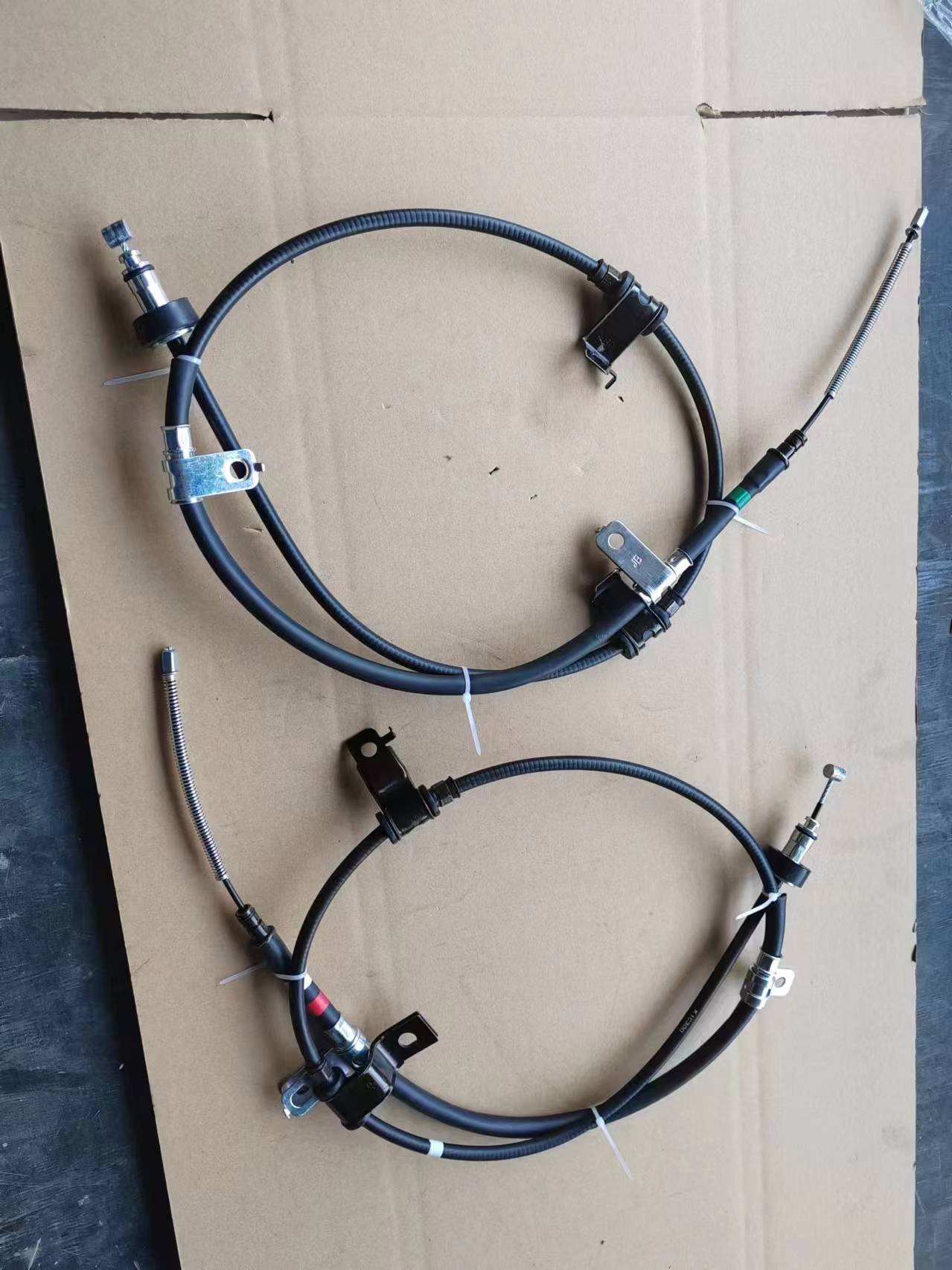Understanding Cable Throttle Pedals and Their Impact on Vehicle Performance
Understanding Cable Throttle Pedals A Key Component in Modern Vehicles
In the ever-evolving landscape of automotive design, the throttle pedal is a crucial component that influences both vehicle performance and driver experience. The cable throttle pedal, in particular, offers a fascinating insight into the mechanics of vehicle acceleration and control. While many modern vehicles now utilize electronic throttle control systems, the traditional cable throttle remains relevant and serves as a reliable option for many drivers.
What is a Cable Throttle Pedal?
At its core, a cable throttle pedal is a mechanical device that connects the driver's input directly to the engine's throttle body via a physical cable. When the driver pushes the pedal, the cable pulls on the throttle plate, which regulates the airflow into the engine and, consequently, controls the engine's power output. This system is characterized by its simplicity and direct connection, creating a tactile response that many enthusiasts still appreciate.
Advantages of Cable Throttle Pedals
One of the primary advantages of a cable throttle pedal is the immediate feedback it provides to the driver. This direct mechanical connection means that drivers can feel the engine’s response to their inputs more acutely than in many electronic systems. For those who enjoy spirited driving or racing, this tactile sensation can enhance the overall driving experience, making it feel more connected and engaging.
Additionally, cable throttle systems are noted for their reliability and low maintenance. Unlike electronic systems that may suffer from issues related to software glitches or electronic failures, a mechanical cable system is less prone to these types of issues. This can provide peace of mind for drivers, especially those in less controlled or extreme driving conditions.
cable throttle pedal

Disadvantages to Consider
While cable throttle pedals have their advantages, they are not without drawbacks. One notable disadvantage is the potential for delayed response under certain conditions, such as when the cable stretches or becomes dirty. This delay can impact performance, especially in high-speed driving scenarios where precise control is essential.
Moreover, as automotive technology continues to advance, the trend is shifting towards electronic throttles, which offer features that cable systems cannot. For instance, electronic throttle control can enable advanced features such as traction control and adaptive cruise control, making vehicles safer and more efficient. This growing trend may mean that cable throttle systems could become less common in new vehicles.
Modern Applications and Variants
Despite the challenges, cable throttle pedals are still widely used, particularly in vehicles designed for performance or in budget-friendly models that prioritize simplicity and reliability. Additionally, some manufacturers create hybrid systems that combine cable inputs with electronic controls, aiming to offer the best of both worlds—the direct feel of a cable system with the advanced capabilities of electronic management.
Conclusion
In conclusion, the cable throttle pedal plays a significant role in the driving experience, enhancing the connection between the driver and the vehicle. While the industry is gradually shifting toward electronic systems, the cable throttle remains a valued choice for many, particularly among driving purists who appreciate its simplicity and directness. As automotive technology progresses, it will be interesting to see how the cable throttle pedal evolves and whether it can maintain its place alongside more sophisticated systems. Whether you’re a casual driver or a performance enthusiast, understanding the principles behind cable throttle pedals can enrich your appreciation for the art and science of driving.
-
Workings of Clutch Pipe and Hose SystemsNewsJun.04,2025
-
The Inner Workings of Hand Brake Cable SystemsNewsJun.04,2025
-
The Secrets of Throttle and Accelerator CablesNewsJun.04,2025
-
The Hidden Lifeline of Your Transmission Gear Shift CablesNewsJun.04,2025
-
Demystifying Gear Cables and Shift LinkagesNewsJun.04,2025
-
Decoding Clutch Line Systems A Comprehensive GuideNewsJun.04,2025
